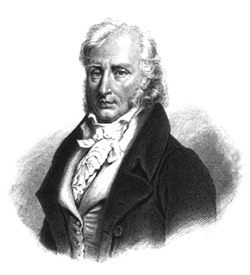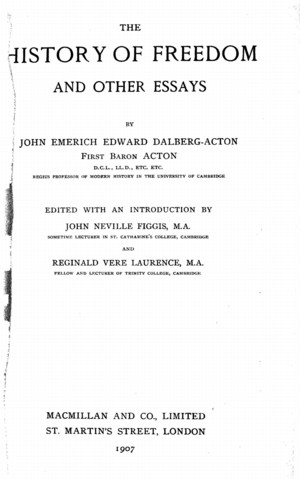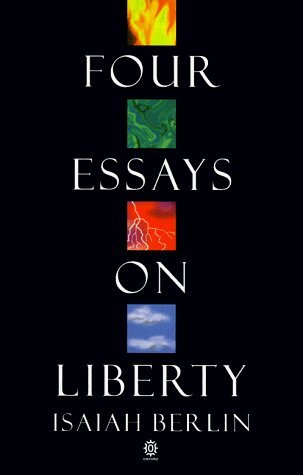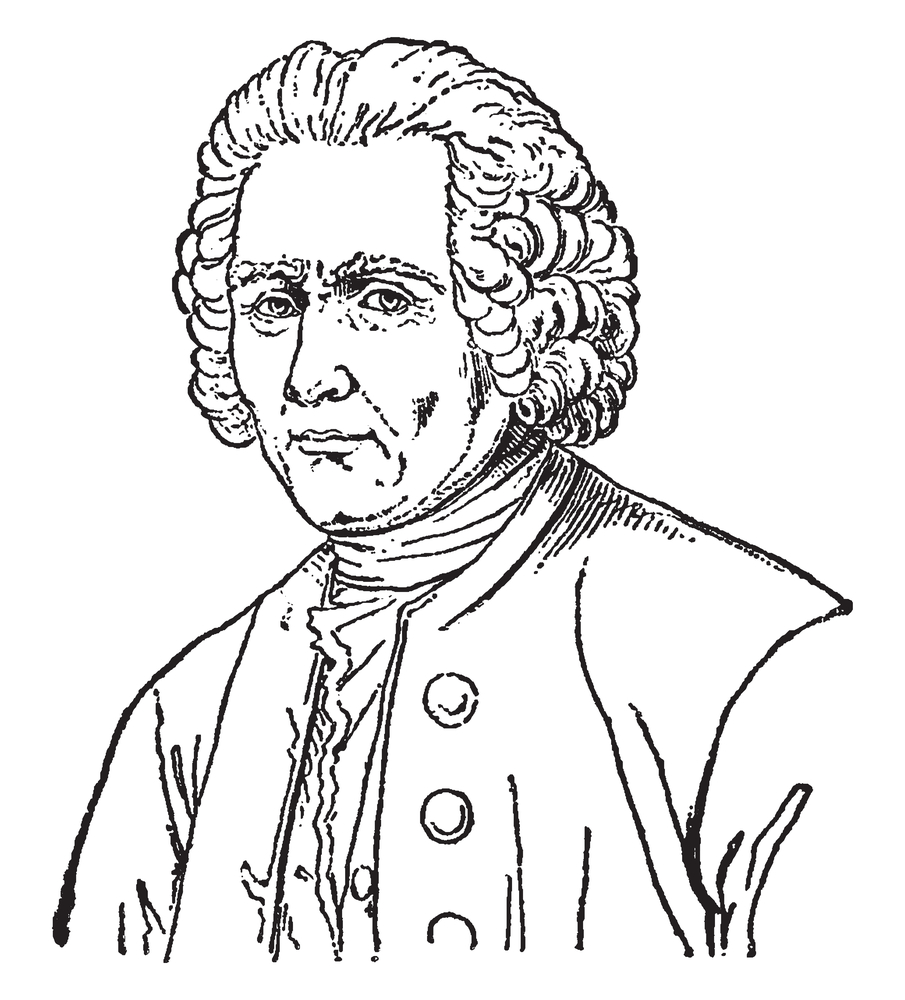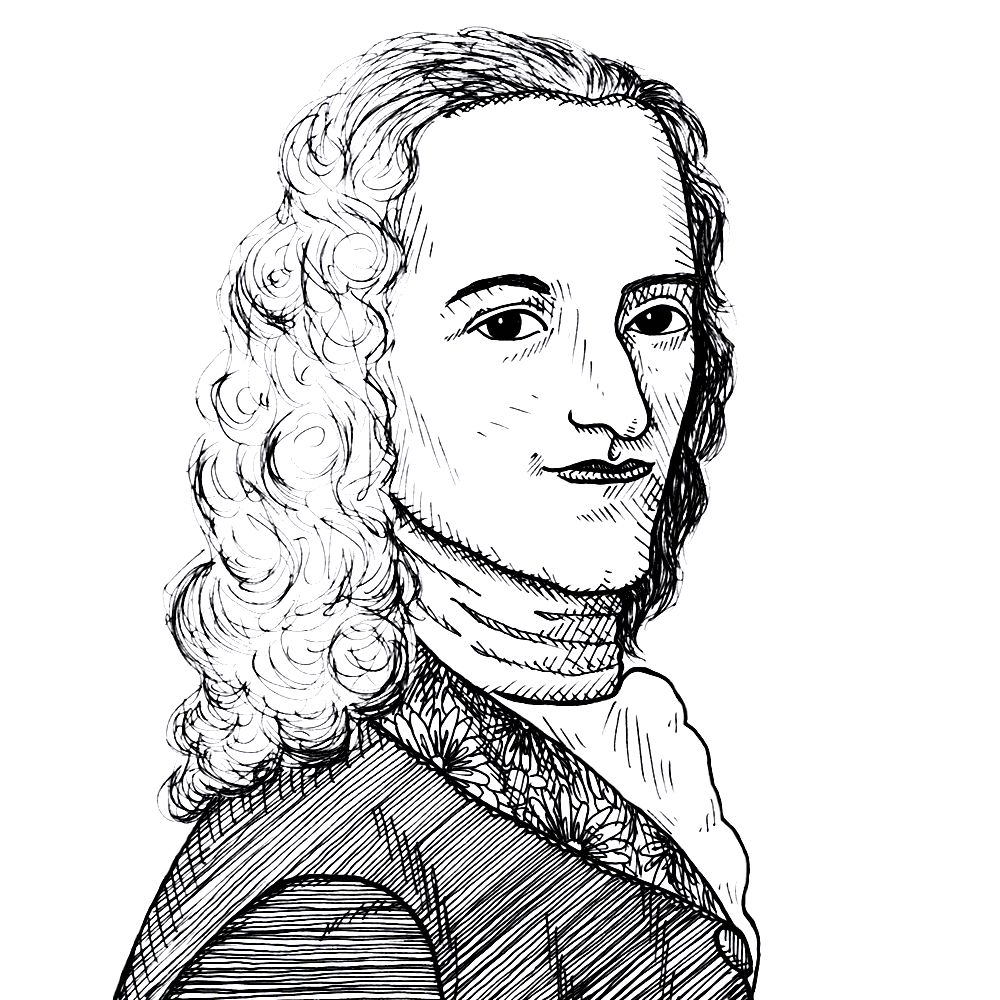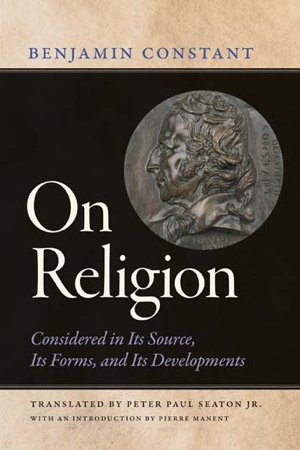
On Religion Considered in Its Source, Its Forms, and Its Developments
- Benjamin Constant (author)
- Peter Paul Seaton Jr. (translator)
Constant worked on this study of humanity’s religious forms and development throughout his life, publishing five volumes between 1824 and 1831. He sought to relate religious forms to historical contexts and civilizational developments, to show partisans of the post-revolutionary order that the religious impulse was natural to the human heart, and to show religious reactionaries that the natural state of religious sentiment was an unfettered spirituality left free to find new forms of expression.
Related People
Critical Responses
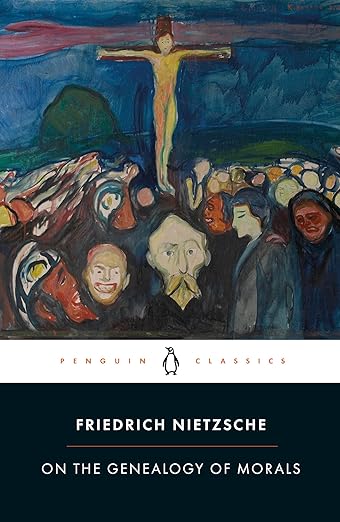
Book
On the Genealogy of MoralsFriedrich Nietzsche
Nietzsche opposed the idea that religion, even in its modern, individualized form, was a beneficial force.He saw Constant’s belief in th e moral and social importance of religion as a form of weak “slave morality” that hindered human greatness.
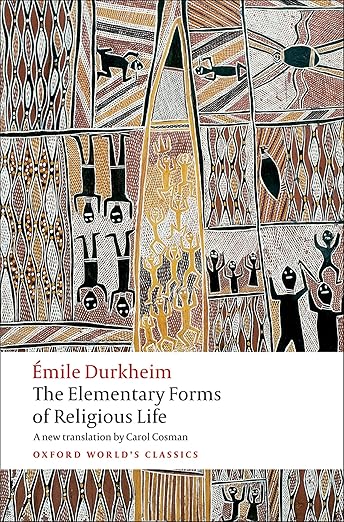
Book
The Elementary Forms of Religious LifeEmile Durkheim
Durkheim took a sociological approach, agreeing with Constant that religion evolves but arguing that its primary function is to reinforce social cohesion, not individual liberty. Unlike Constant, Durkheim thought religious belief was an expression of collective identity, not merely personal…
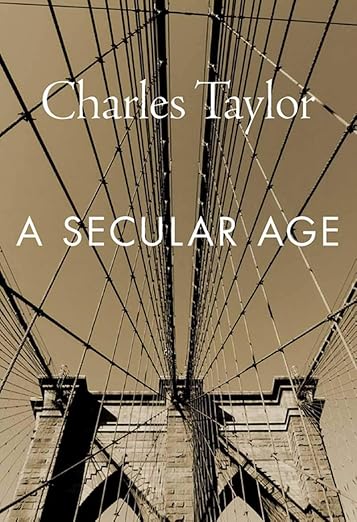
Book
Charles TaylorA Scular Age
Taylor revisits Constant’s idea that religion shifts from external coercion to personal belief, but he challenges whether this transition is truly liberating. Taylor argues that modern secularism doesn’t eliminate religion but transforms it into a more diffuse and often conflicted set of personal…
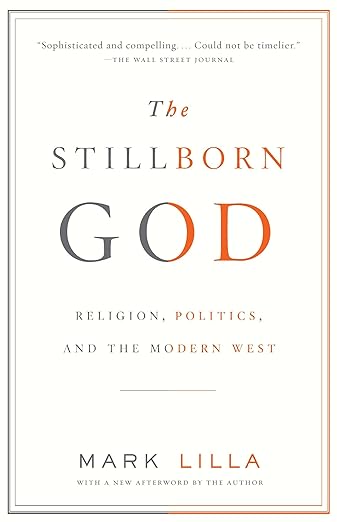
Book
The Stillborn GodMark Lilla
Lilla questions whether Constant’s vision of a modern, non-coercive religion is sustainable in a world where religious and political authority are often deeply intertwined. He suggests that the separation of faith from political life is more fragile than Constant assumed.

Alasdair MacIntyre
MacIntyre criticizes liberal individualism, which Constant sees as essential to religious liberty. He argues that modern society, in breaking away from religious traditions, has lost a shared moral foundation, leading to moral fragmentation.
Connected Readings
